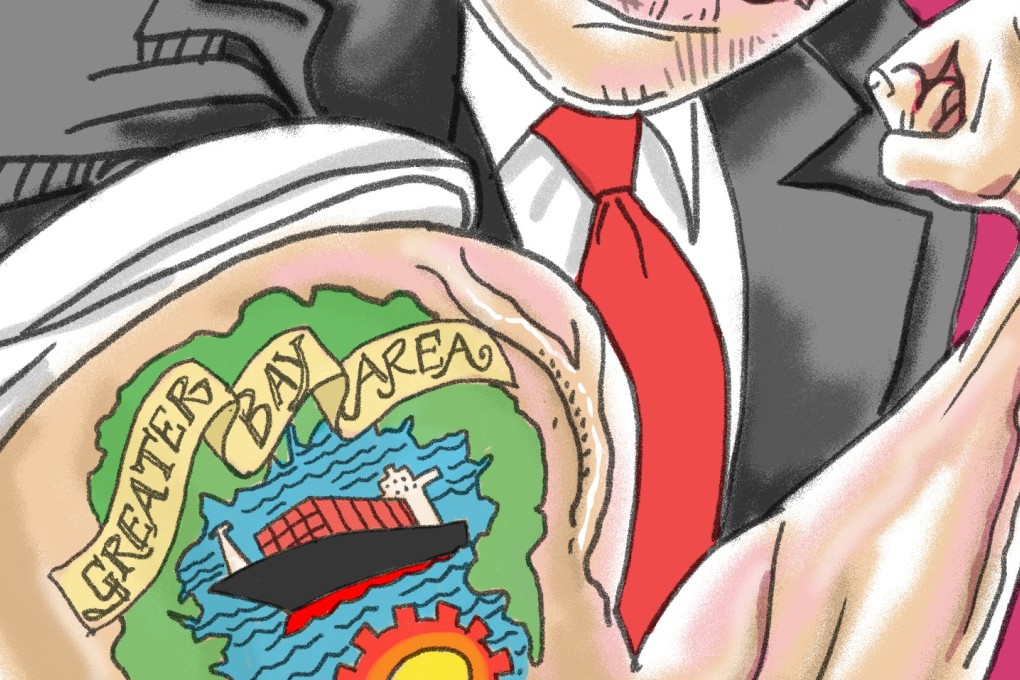How China’s vision of a metropolis rivalling the New York, San Francisco and Tokyo bay areas will become a reality
Helen Wong expects the Greater Bay Area plan integrating Guangdong, Hong Kong and Macau to draw on a full complement of diverse strengths – in finance, technology and innovation, as well as manufacturing and services – to create an economic giant


Guangdong has been the front runner in China’s reform and opening up since the late 1970s. The province is yet again leading this economic transition, shifting from being the world’s factory floor to a highly dynamic hub for services and innovation. One of the key pieces of Guangdong’s success story is its geographical proximity to Hong Kong – and the symbiosis between the two sides has been largely market-driven.
This landmark initiative is based on natural geographical conditions, intended to link nine cities in Guangdong’s Pearl River Delta – Guangzhou, Shenzhen, Zhuhai, Foshan, Zhongshan, Dongguan, Huizhou, Jiangmen and Zhaoqing – together with the two special administrative regions of Hong Kong and Macau, to establish a globally competitive economic cluster.
Pearl River Delta’s poorer cities plan big changes in ‘Greater Bay Area’ push
Over the past few decades, the Greater Bay Area’s cities have each developed their own unique advantages and economic structures. The plan’s ambition is to combine their complementary advantages, in areas such as well-established manufacturing supply chains, innovation capacity, strength in financial services and logistics, and sophisticated consumer markets. The goal is to build a new economic powerhouse – one that not only leads China’s development, but is also comparable to the leading global bay areas of Tokyo, San Francisco and New York.
This vision is not unrealistic. Together, the 11 cities in the Greater Bay Area can be as prosperous as a stand-alone country in terms of population, resources and size of the economy.

The Greater Bay Area has a combined population of 67.95 million, which is greater than the Tokyo Metropolitan Area – the world’s largest city cluster with a population of 44 million. It covers around 56,000 sq km, which is comparable to that of the New York Bay Area.
Hong Kong is the perfect complement to Shenzhen’s innovative environment
